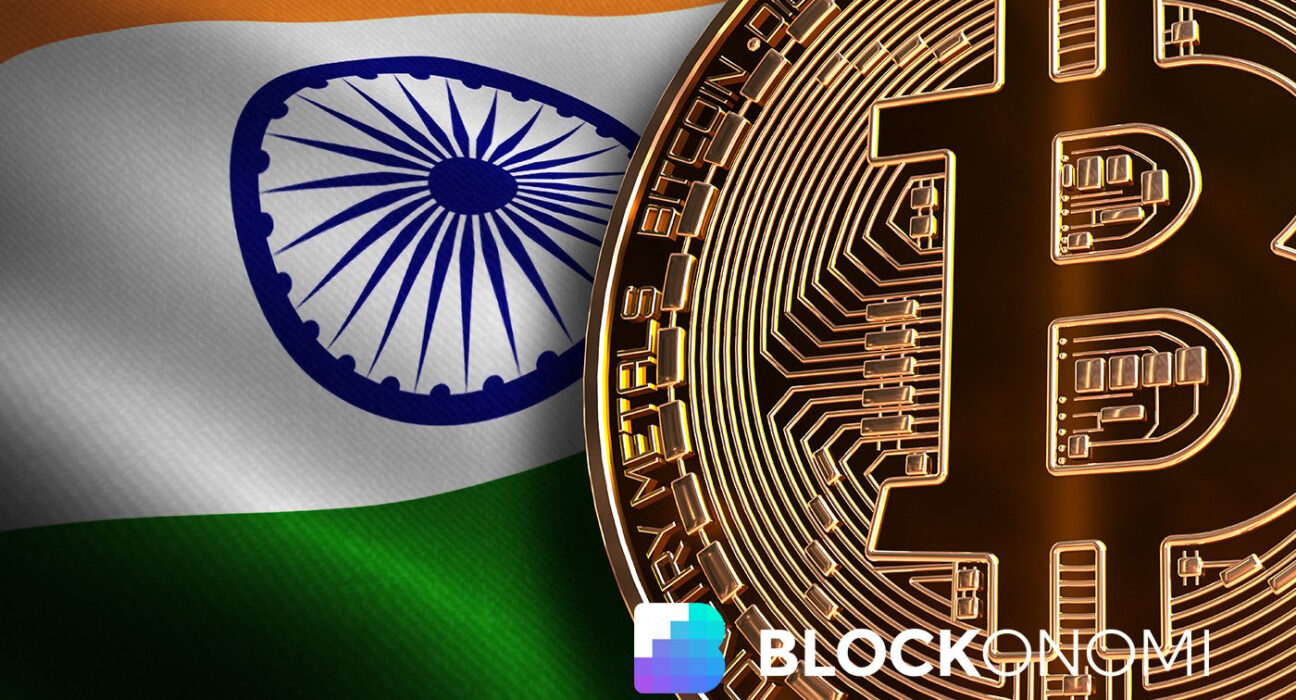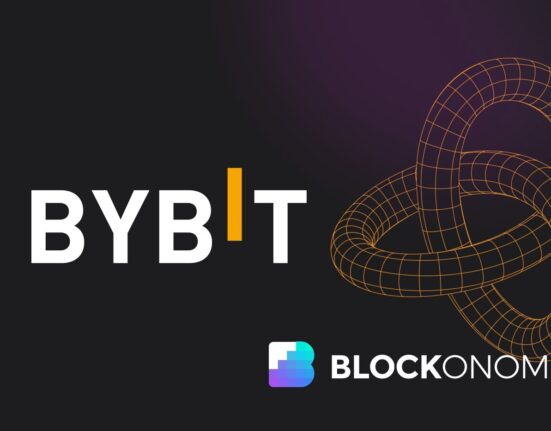TLDR:
- India keeps crypto rules limited, warning full regulation could boost adoption and create systemic risk.
- $4.5B held in crypto by Indian households is not seen as a threat to financial stability.
- Stablecoins worry India, as they may compete with UPI and challenge monetary control.
- 30% crypto tax and AML rules stay as government monitors risks before new framework.
India is not ready to fully open the door to crypto. Instead, it is choosing a cautious path. Officials believe that regulating the sector too broadly could fuel its growth and make it harder to control.
The government is keeping current rules in place, including taxation and exchange registration. A document seen by Reuters shows that policymakers are focused on keeping financial stability intact.
India Holds Back on Full Crypto Framework
The Reserve Bank of India has argued that formal regulation could legitimize crypto assets. That, in turn, might lead to wider adoption and bring new risks to the economy. The document states that a regulated crypto market could become large enough to pose a systemic threat.
Authorities are also worried about enforcement. Even with regulation, peer-to-peer trading and decentralized platforms would be difficult to monitor. The government believes a ban would face the same challenge, which is why it favors a middle ground.
India is tracking global developments closely. The United States has recently moved to expand stablecoin use. Indian officials fear that allowing dollar-backed stablecoins could weaken the country’s own payment system.
Current measures, such as a 30% tax on gains and mandatory exchange registration, remain in place. Officials say this approach helps deter speculation without giving crypto full recognition.
Limited Oversight to Manage Crypto Price Risks
According to the government document, Indian households hold about $4.5 billion worth of crypto. Policymakers do not view this exposure as a risk to the wider financial system yet.
Stablecoins remain a bigger concern. Officials fear that if they gain traction, they could compete with the Unified Payments Interface (UPI) and affect monetary policy. The focus is on keeping UPI as the dominant retail payment network.
Price swings in crypto also raise red flags. Authorities warn that speculative rallies could spill over into other markets if left unchecked. Keeping the tax structure and anti-money laundering rules in place allows them to watch the sector closely.
The government’s stance signals a slow approach to policy change. Rather than rushing to create a full legal framework, India prefers to monitor market activity and act only when it becomes necessary.
India’s measured approach shows that risk control takes priority over rapid adoption. Policymakers are betting that limited oversight will contain crypto activity without fueling uncontrolled growth.






